Bullying: Are we becoming desensitized?
Posted on May 13, 2014

What constitutes bullying?
It’s a valid question for all who are in some way responsible for the well-being of children. And, while it’s a certainty that bullying is an issue, is it possible that the natural conflict that can invariably arise between children is sometimes misdiagnosed?
This article explores these questions and asserts that the most effective tools for knowing the difference are asking questions and listening to the answers we receive.
Sometimes the most effective tools are the simplest.
For Daniela Fierro’s full article visit KGNS. Tv.
And visit our website to learn more about our anti-bullying program, You Belong.
The Problem of Plenty
Posted on May 13, 2014
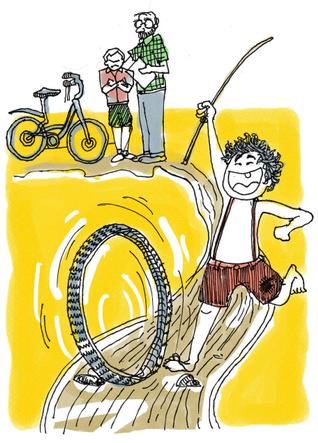
Another well-penned piece about the problems of progress.
“Simple moments of joy have been hijacked by a need for bigger, flashier entertainment. Is the art of simply being happy forgotten?
It is a common well-rehearsed urban scenario. At a coffee shop where a group of people are ordering a meal. There is a lot of discussion — brown bread vs multigrain; cappuccino vs latte; penne vs fussilini. The deliberations are endless and an entire time span has been spent on befuddling the waiter further, with various permutations and combinations.
When the meal arrives, the group is too preoccupied with their gadgets and phones to even enjoy the meal. Much time is spent in photographing their choices and uploading it onto the web. The actual time spent on the meal is a harried one. And when they leave; they are already talking about their next universe of multiple choices!”
To read Anuradha Shyam’s full article, visit The Hindu.
The Importance of Open Spaces for Wolves
Posted on May 13, 2014
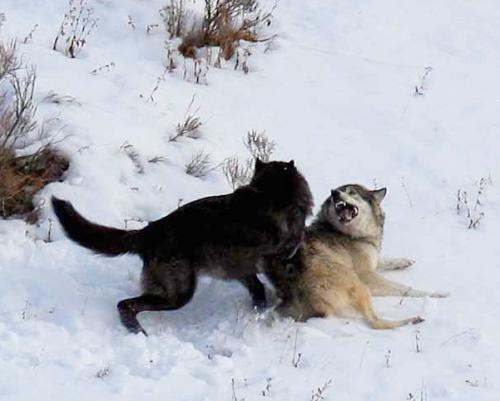
Wolves occupy a unique place within the psyches of many Americans, often stirring up ambivalent feelings: they’re amazing and majestic creatures, but do they have an impact on local game animals, livestock, pets, and perceived levels of safety?
While I’d suggest you read and savor Aldo Leopold’s seminal essay Thinking Like a Mountain to add depth to your personal understanding of the role of wolves in ecosystems, this recent article presents new and unexpected information regarding the health of wolf populations in the west.
“Without adequate space to raise their offspring, wolf packs lash out at competing clans and fight to the death to protect their turf.
That’s among findings of a recent study by Utah State University ecologist Dan MacNulty and colleagues from the University of Oxford and the Yellowstone Wolf Project. The team published the research in the April 21, 2014, online issue of Journal of Animal Ecology. Their paper will appear in a future print edition of the British Ecological Society publication.”
For more, head over to Phys.Org.
Bullying’s Long-Term Effects Seen in Both the Bullied and the Bully
Posted on May 13, 2014
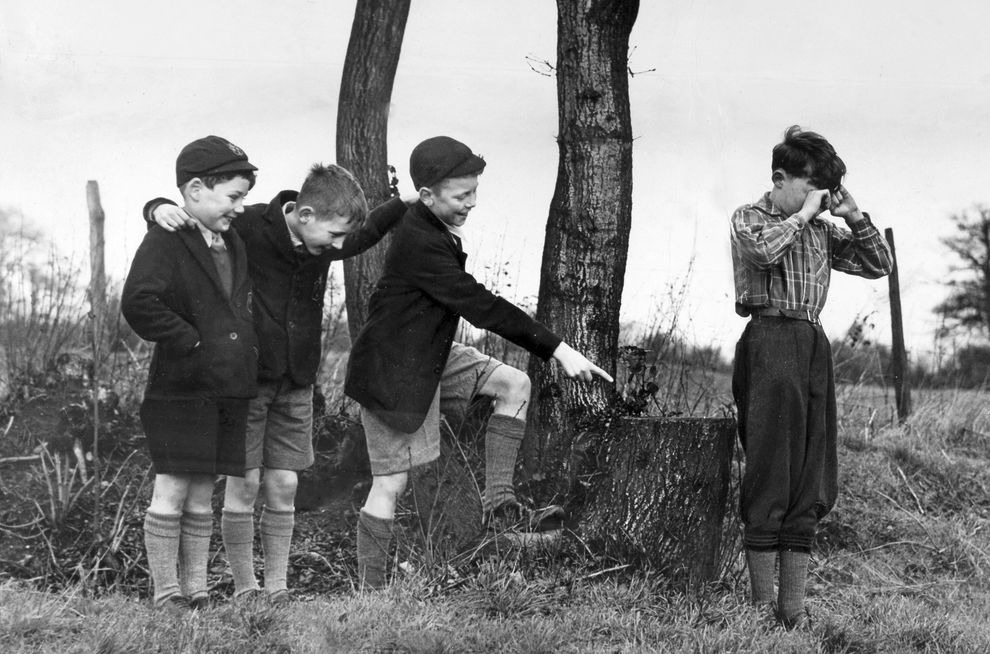
“The effects of bullying in childhood can last a lifetime, both for the child who’s bullied and for his or her tormenter.
But according to a Duke University study published today in the Proceedings of the National Academy of Sciences, while young adults show long-term ill effects of having been bullied in childhood, those who did the bullying might actually be healthier than their peers…”
We’re all familiar with the deleterious effects of bullying on the bullied, but researchers have published some intriguing data regarding how it also effects bullies.
To read more, visit the National Geographic Daily News.
And visit our website to learn more about our anti-bullying program, You Belong.
Category: Meaningful Media Tags: adventure in adventure out, anti-bullying, bullying prevention, You Belong
Getting to Know Bark!
Posted on May 6, 2014
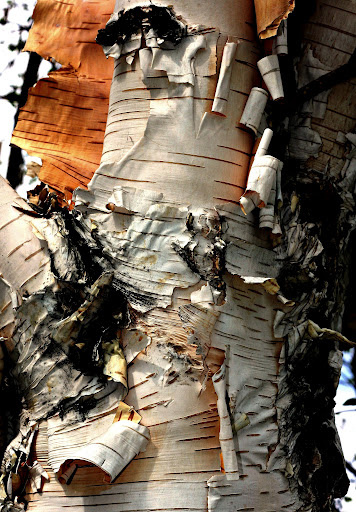
Photo by Sharon Peterson, Flickr
Last weekend, a group of AIAO’s core staff and community had the very good fortune to take part in a workshop presented by Bark author Michael Wojtech, which was simple and illuminating, and focused on some of Bark‘s basics.
Completed while obtaining his M.S. in Conservation Biology from Antioch University, Bark is an amazing and relatively simple guide for identifying trees with the information you have in front of you, rather than what may be 3o feet in the air, out of sight and out of reach. Put another way, Bark brings tree identification down to our level: naturalists, scientists, academics, nature enthusiasts, and others will find it the information in its pages invaluable.
You can visit his website, KnowYourTrees.com, and you can also check out this great article he wrote for Northern Woodlands magazine.
Look Up!
Posted on May 6, 2014
Ironically, as of this writing the Look Up video has almost twenty-one million views(!), and for good reason: it’s a heart-string-tugging call to all us technologically-mired and connection-challenged individuals.
While I can’t deny that it was conceived of, and created, from a specific vantage point, I think that Gary Turk as done a phenomenal job shining a light on a serious issue in our culture.
I’ll let the video speak for itself. Enjoy.
Suggested Reading: Massachusetts Wildlife Magazine
Posted on April 29, 2014

“Massachusetts Wildlife magazine is a quarterly publication packed with award-winning articles and photos on the environment, conservation, fishing, hunting, natural history and just about everything relating to the outdoors in Massachusetts.”
“Get all the inside information on wildlife and fisheries management, endangered species restoration programs, critical habitat protection and the outstanding people who are working to conserve our outdoor resources. If anyone in your family has an interest in the outdoors, this is the magazine they can’t do without!” – From the Fisheries and Wildlife Website
I’ve been thumbing through this magazine for decades (my family had a subscription all throughout my childhood, and I have one now), and it never disappoints. From the stunning photography which is often taken by Bay State residents to the insightful articles, you can’t go wrong with a subscription (my favorite recent edition is the guide to Massachusetts amphibians!).
It’s a steal for the price: one year will cost you $6, and two will cost $10. So, with the cost of conservation efforts steadily rising, and the the funds to cover them plateaued, a subscription Massachusetts Wildlife is literally a small price to pay for great information and supporting a great cause.
Check out their website today!
Discovered: Prehistoric Caribou Hunting Structure Beneath Lake Huron
Posted on April 29, 2014

“An elaborate array of linear stone lanes and V-shaped structures has been discovered on an underwater ridge in Lake Huron, marking what is thought to be the most complex set of ancient hunting structures ever found beneath the Great Lakes, according to a new report.
Researchers based at the University of Michigan think the roughly 9,000-year-old-structure helped natives corral caribou herds migrating across what was then an exposed land-corridor — the so-called Alpena-Amberley Ridge — connecting northeast Michigan to southern Ontario. The area is now covered by 120 feet (347 meters) of water, but at the time, was exposed due to dry conditions of the last ice age.”
Much like our previous post about the Mule Deer migration in Wyoming, this is another topic that shows us that, even when we think we know all there is to know, there are still things that are hidden and waiting to be discovered.
As has often been attributed to Carl Sagan: “Somewhere, something incredible is waiting to be known.”
For additional information check out the University of Michigan (whose faculty were integral to the discovery) and Science World Report.
Go inside ‘The Bunker’ underneath the Holyoke Range
Posted on April 15, 2014
The Notch Bunker from WGBY on Vimeo.
Ever since I heard about the bunker beneath Bare Mountain in the Holyoke Range I’ve been intensely curious about it; my imagination has filled in the gaps and holes carved out back in the 1950s.
Imagine my excitement when I came across this article and video about the bunker produced by local T.V. station WGBY.
Check it out for a dose of local history; enjoy!
Suggested Reading: “Reading the Forested Landscape” by Tom Wessels
Posted on April 15, 2014
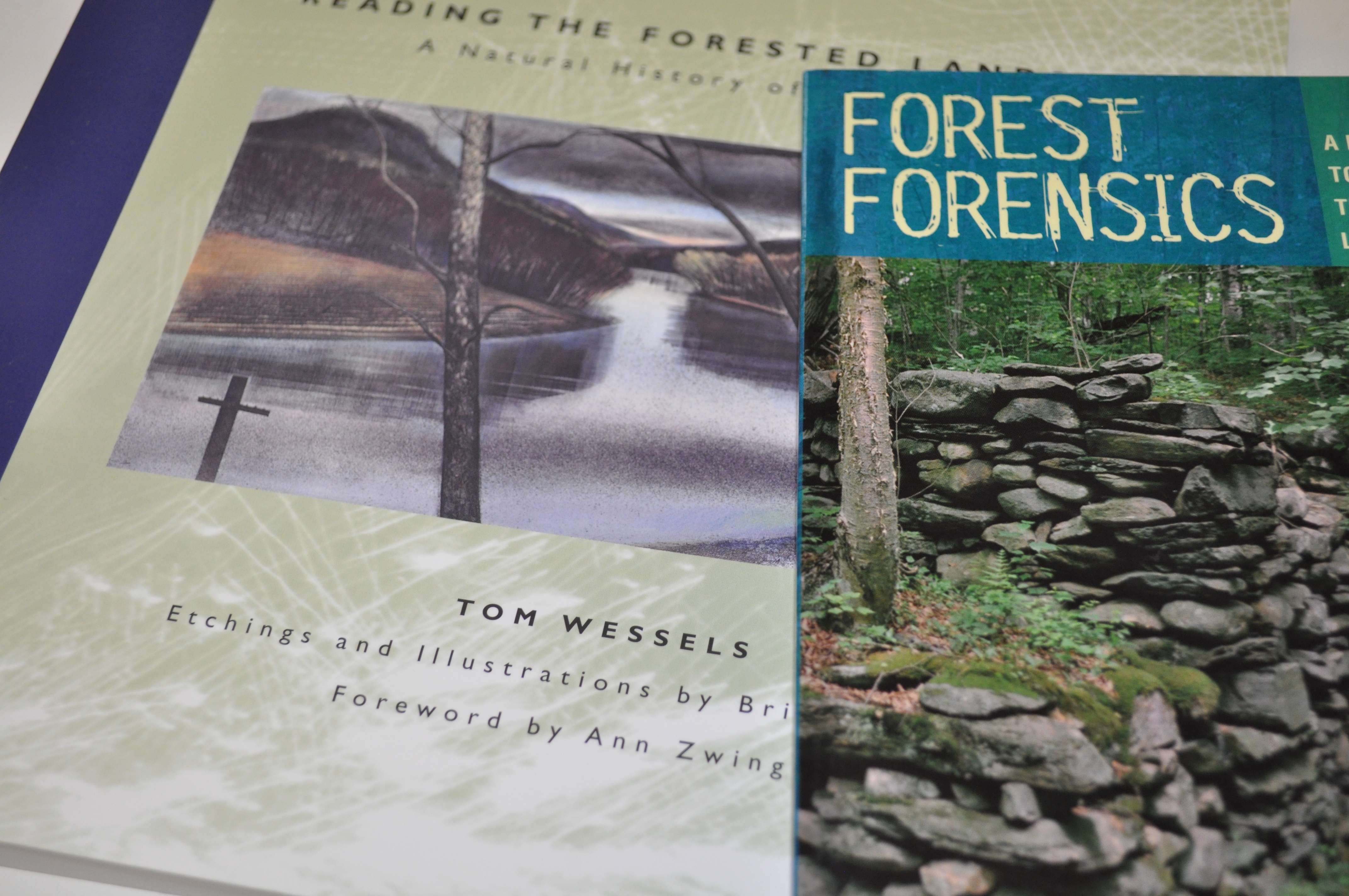
A couple of years ago while browsing in my local bookstore, Broadside Bookshop, I came across Reading the Forested Landscape by Antioch University New England faculty-member Tom Wessels. Intrigued by its concept, and always eager to add to my small library of natural history and ecology books, I picked up a copy.
What at first seemed liked just another nature-y book turned out to be so much more. Rather than take the more conventional and microcosmic approach of identifying a single tree, track, or species, Wessels seeks to understand the macrocosmic view of landscapes and ecosystems as a whole, and also through time.
Put another way, Tom Wessels tracks landscapes.
This book is a must have for any nature enthusiast, tracker, hiker or backpacker, birder, hunter, forester, etc. If you pick up a copy, it will almost certainly change the way you look at the woods and world around you forever.
And, if you’re interested in an introduction to tracking, or in honing your skills, check out our program The First Science: The Art of Animal Track and Sign.
 Adventure In Adventure Out
Adventure In Adventure Out

